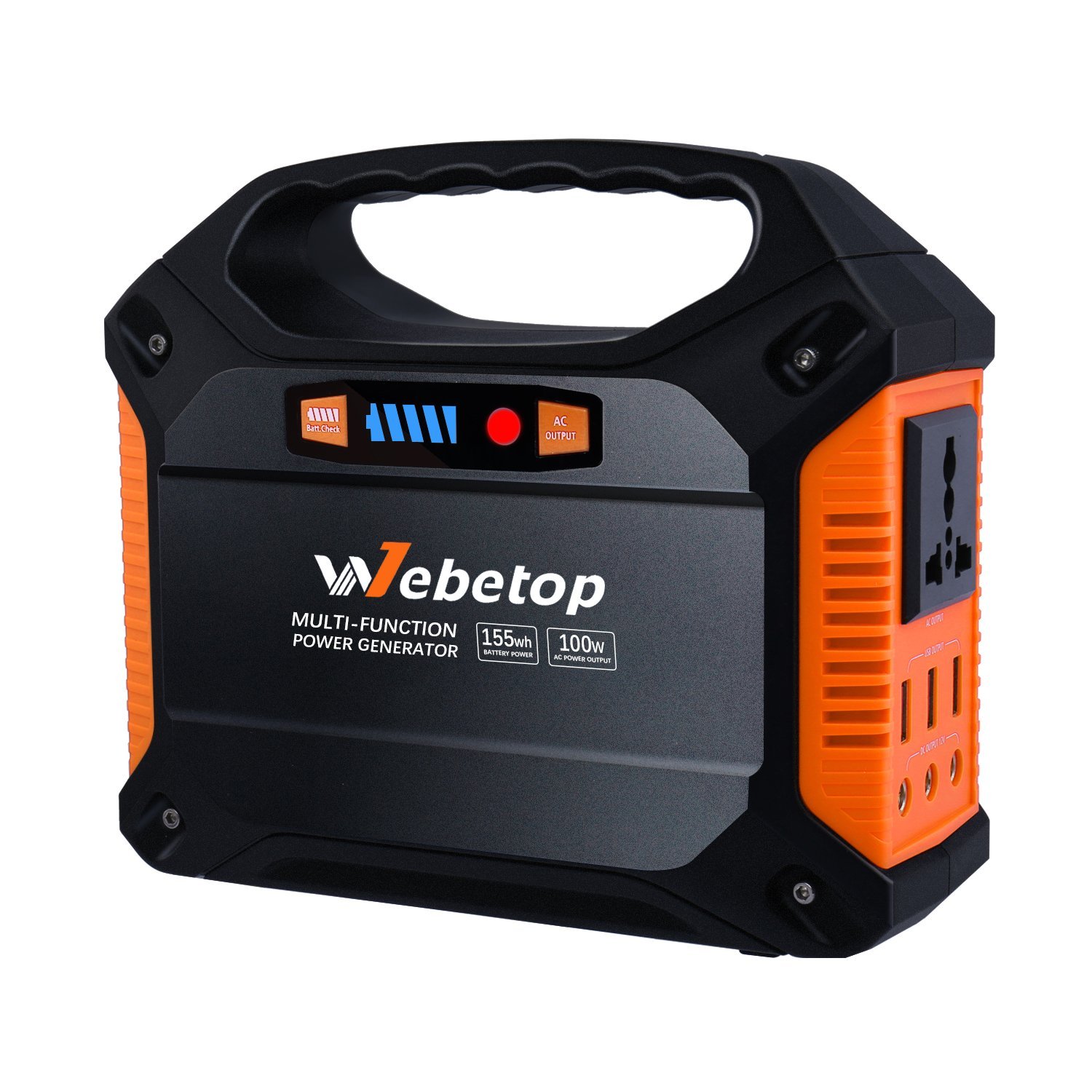chipmunkofdoom2
Always Making Something
View BadgesExcellence Award
Article Contributor
Reef Squad Emeritus
Thanks for a very informative article, chipmonkofdoo m2! This has always been a huge concern of mine. Frankly, I'm surprised someone or some company hasn't come out with a product for us reefers. I'm sure folks would scoop it up! I would actually like to see something that would kick on when I'm not home. When I'm on vacation, for instance. Something other than an expensive backup generator. Good job!
Thanks Cool Fish
A few companies like Ecotech have tried (with their battery backups for their DC pumps). The trouble with battery backup is each aquarium is so different that there's no one "way" or "system" that manufacturers can target. In other words, it's just something that's really tricky to do.
If you're looking for a low hassle way of doing something like this, an inverter/charger would work. Basically, this is everything I describe in my system, but it requires no assembly. You simply hook up a battery and you're good to go. When the power is on, the device charges the battery and supplies utility power to the output. When the power fails, the device draws current from the battery and supplies it to the output. When the power comes back on, the device begins supplying utility power again and automatically recharges the battery.
These devices work and for some they might be the right choice because of their low complexity. They're not my favorite solution though. First, if any one part in the system fails (the charger, the transfer switch, the inverter, any of the other miscelaneous electronics, etc), the device is a brick. If you're inside warranty you may get it fixed. If not, you're trashing the whole thing and buying a new one. Second, these devices don't specify how they charge the battery. They don't specify whether they use a multi-stage charge or just float the battery. This is becomes more important the more battery capacity you have. Lead acid batteries can experience significantly shorter lives if they sulfate or if they're not charged properly. If you bought a cheap $70 battery to get you through short outages, maybe this doesn't matter. If you bought 5kWh of backup power at almost $700, this is a big deal. Third, the capacity is fixed. You're stuck with just 700W of power (for the one I linked). If you want to power more with it, you can't just buy a better inverter. You need to buy a whole new inverter/charger, and they're not exactly cheap.
I admit, I'm a bit of a perfectionist. It's likely that an inverter/charger would likely be a pretty good solution for most reefers. I just prefer things to be modular, repairable, and upgradable, and inverter/chargers don't fit this description.



















